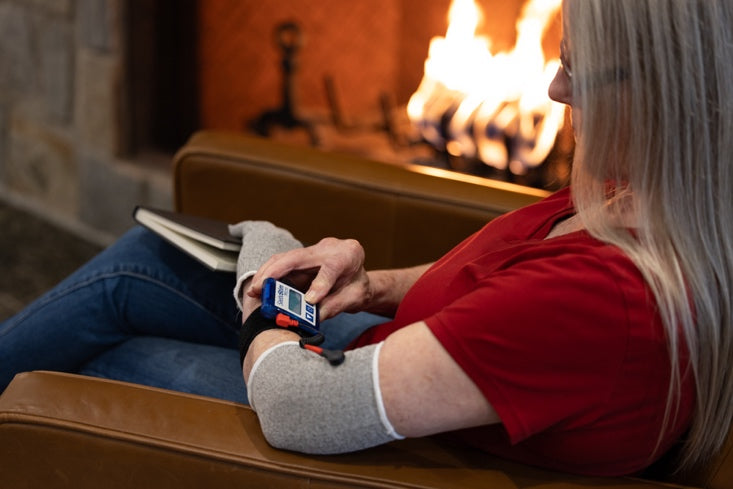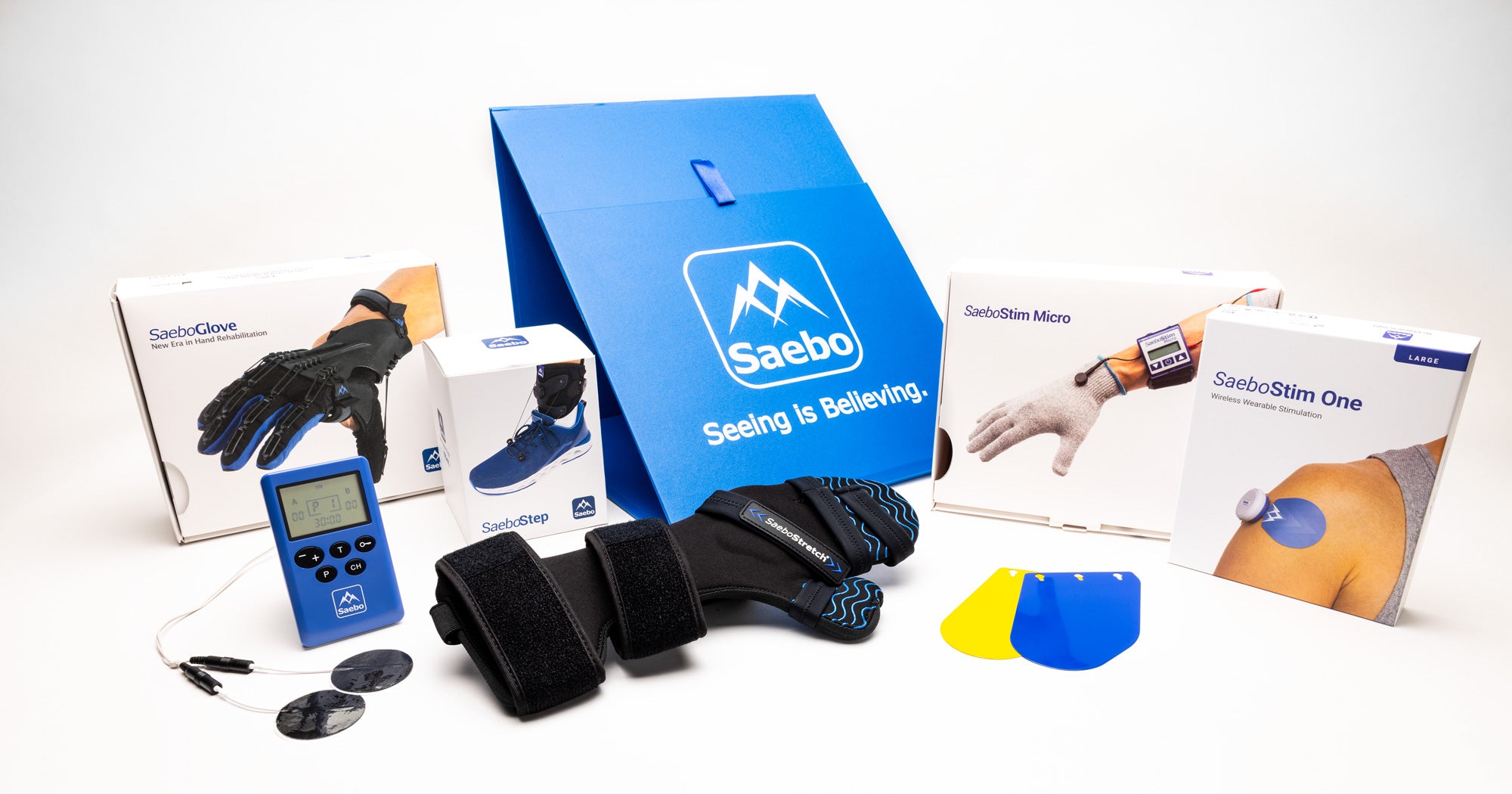Early Intervention in Stroke Recovery: Maximizing Neuroplasticity in the Acute and Subacute Phases

Early Intervention in Stroke Recovery: Maximizing Neuroplasticity in the Acute and Subacute Phases
Early intervention after stroke is critical because the brain enters a unique period of heightened recovery potential. During the first weeks and months, often called the critical window, the brain demonstrates remarkable neuroplasticity—its ability to reorganize, form new connections, and adapt following injury. This state makes the nervous system especially responsive to rehabilitation, much like the rapid learning seen in early childhood development. Research shows that the greatest gains for motor recovery are made when therapy begins in the acute and subacute phases, taking advantage of this window to restore movement, speech, and independence. Delaying treatment, on the other hand, risks missing this powerful opportunity, often leading to long-term disability that might otherwise have been reduced.
This blog looks at why the early phases of rehabilitation give the best results for post-stroke rehabilitation. You'll learn about how early movement and the right treatments can affect recovery potential. Intentional treatment can continue to make lasting impacts even 12 months or more post-stroke, although research is continually pointing to the need to begin intervention early to discover the full potential of recovery.
How Neuroplasticity Drives Stroke Recovery
The brain can change itself remarkably through neuroplasticity—this natural mechanism is vital to CVA recovery. This healing process starts right after injury and continues throughout life, offering hope to people on their healing trip.
What is neuroplasticity?
Neuroplasticity shows how the brain reorganizes and rewires its neural connections to adapt and work differently than before. Several mechanisms make this possible:
- Formation of new synaptic connections between billions of neurons
- Strengthening or weakening of existing synapses
- Structural changes in dendrites, including sprouting
- Axonal growth and creation of new pathways
- Cortical remapping (moving functions to undamaged areas)
These changes create real physical alterations in brain structure. The brain's ability to move functions from damaged areas to healthy regions enables functional recovery. Interested in learning more? Check out this deep dive into neuroplasticity.
How the brain rewires after a stroke
After a stroke, the brain rapidly begins repair and reorganization processes to restore lost function. Healthy tissue near the lesion compensates through local neuroplasticity, while the opposite hemisphere may also contribute, though overreliance may hinder recovery. Reorganization begins within hours to days, with limb stimulation activating new brain regions and surviving neurons sprouting connections that peak around 1–2 weeks.
Molecular factors like Brain-Derived Neurotrophic Factor (BDNF) further support synaptic plasticity and motor skill relearning, and exercise amplifies these effects. Over time, these processes allow the injured hemisphere to gradually reclaim more function, while targeted rehabilitation helps guide and strengthen the most beneficial neural pathways. Ultimately, the combination of natural repair and structured therapy determines the extent of long-term recovery.
Why early phases matter most
Human clinical and imaging studies show that post-stroke neuroplastic changes begin within hours, are most pronounced in the first 1–2 weeks and gradually taper by around 30 days. This corresponds with the period of greatest spontaneous recovery observed in stroke patients. Overall, the first 90 days after stroke remain the most significant window for recovery. Johns Hopkins researchers found that "early and intense" rehabilitation is vital. Their studies showed no improvement when retraining was delayed by seven days [1].
Rehabilitation specialists should begin therapy immediately to use this critical recovery window. By starting very early in recovery, we can take advantage of the brain's receptiveness to therapy during acute and subacute phases—the perfect environment for neuroplastic changes and functional recovery.
The Acute Phase: Starting Therapy Early
Medical professionals intervene right after a stroke, and occupational and physical therapy should begin soon after. The brain's heightened neuroplastic state during the first week offers maximum recovery opportunity and functional recovery.
Acute phase after stroke: 0–7 days
The first week after a cerebral vascular event onset prioritizes medical stabilization. Rehabilitation needs to start almost immediately after life-threatening conditions are addressed. Studies show that immediate, specialized stroke unit care leads to lower mortality rates, shorter hospital stays, and fewer impairments [2]. In many cases, patients leave the hospital 4-7 days after an ischemic event meaning every hour of early intervention plays a significant role.
Acute treatments and bedside rehab
Rehabilitation at low intensity usually starts within 72 hours in the ICU or specialized stroke unit. These timely interventions should be motivating to the patient and intentionally be engaging their effective limbs in a repetitive way. Due to the initial focus continuing to be on medical stabilization, these treatments often include:
- Patient positioning and proper arrangement
- Gentle range-of-motion exercises
- Functional mobility training
- Activities of daily living practice
- Bed mobility exercises
Early supported discharge (ESD) programs can connect inpatient care with community services. This allows patients to return home earlier while continuing rehabilitation support.
Why early movement matters
Most acute ischemic events patients can safely start mobility exercises within 24-48 hours. Early movement prevents immobility complications, reduces mental decline, lowers stress and anxiety, and improves consciousness levels. This creates a foundation for later rehabilitation stages.
Patients begin with gentle movements - sitting exercises, supported standing, and short walks when possible. Some clinicians worry about risks from early movement, especially when you have hemorrhagic event. However, current evidence shows the benefits outweigh the risks for most patients further indicating the need to take advantage of this neuroplastic timeline.
Avoiding overcompensation
The brain can develop compensatory strategies quickly after injury, often relying heavily on the unaffected side. These compensations can become habits that limit recovery if they overshadow the work needed to improve the signs of hemiparesis or hemiplegia. We should be ensuring individuals are safe when completing initial ADLs, but we must also be working on repetitive practice of the affected limbs.
The Subacute Phase: Maximizing Gains
The body enters what rehabilitation specialists call the critical window for recovery after the original acute period. This phase shows great potential to improve patients’ functional abilities, and it must be capitalized on.
Subacute phase: The "Critical Window"
The subacute phase starts within a week after stroke and lasts up to six months. The brain shows remarkable adaptability and heals itself during this critical period. This timeframe is the lifeblood of functional recovery that gives patients a great way to get rehabilitation benefits as the brain becomes highly adaptable. During this window, brain rewiring is at its peak, making early and consistent rehabilitation especially vital for long-term outcomes.
Why this is the most responsive period
Researchers have found that the first 90 days post-stroke is the most effective time for intensive rehabilitation. A randomized clinical trial revealed that patients who received additional therapy during this window made greater functional gains compared to those receiving standard care [3]. Patients who began therapy earlier also improved, but not as significantly, while those who started intensive therapy after six months showed little measurable benefit. These findings highlight that timing is critical for maximizing rehabilitation outcomes.
Power of repetition in stroke rehab
After a CVA, the brain relies on repeated stimulation to rewire itself through neural reorganization. Standard therapy sessions may only provide a few dozen repetitions per session, but research shows that we need several hundred (often 300 at a minimum!) of daily repetitions of challenging, goal-directed tasks are needed for real recovery. In one study it was discovered that stroke recovery patients completed around 289 repetitions per session in an intensive program, leading to significant improvements in balance and the ability to recover from daily challenges. High-intensity, purposeful repetition strengthens neural pathways, helping patients regain coordination, confidence, and independence which is one factor that makes constraint induced movement therapy (CIMT) such a powerful tool. To maximize the effects of cortical remapping during this highly responsive period, therapy needs to focus on repetitions, not time spent completing tasks.
Therapies that support neuroplasticity
Task-specific training really shines during this period. Patients practice real-life activities instead of isolated movements. Research proves this training helps improve arm function, hand function, walking distance, and functional movement. Rehabilitation should include some of these aspects:
- Individually tailored, progressive exercises
- High-repetition functional training
- Aerobic exercise to increase BDNF (brain-derived neurotrophic factor)
- Technology-assisted therapy for increased repetition (think support devices like the SaeboGlove)
Supporting Neuroplasticity with Lifestyle and Tools
Lifestyle factors and technological tools play significant roles in maximizing brain adaptability during stroke recovery, beyond clinical interventions. Long term, intentional home exercise programs remain critical to support longevity and recovery.
Aerobic exercises post-stroke
High-intensity aerobic exercise substantially increases BDNF (brain-derived neurotrophic factor), a key biomarker of neural recovery that links to better functional outcomes during stroke recovery. A single high-intensity aerobic exercise session can increase BDNF concentration drastically. These molecular changes directly support motor skill relearning, especially during the critical subacute phase when the brain responds best to change.
Home-based therapy options
Home rehabilitation provides an alternative to get intensive therapy without supervised sessions. Having a good home program will allow you to maximize function by frequent practice of high repetitions, furthering rehab capabilities. A quiet, distraction-free space helps patients focus better during home exercises. Being at home also lends itself to real-life practice in your own environment. This creates an ideal situation- high repetitions of intentional and meaningful practice.
You can find a useful exercise guide on our website here.
How long does it take to recover from a stroke?
Recovery times vary based on CVA severity and personal factors. Most rapid improvements happen in the first three to four months, although survivors can continue making meaningful progress throughout their lives. Regular rehabilitation makes a difference - research shows patients without long-term rehabilitation often stay at the same recovery level five years after their stroke as they were just two months post-stroke. Long-term improvement does not necessarily mean attending therapy long-term but engaging in intentional and meaningful practice over prolonged periods of time.
Conclusion
We know that early intervention is the lifeblood of stroke recovery and is essential in regaining independence. The brain shows remarkable potential to heal during the first three months post-stroke, a crucial period because neural connections actively reorganize. Stroke survivors have their best chance to regain lost functions during this time.
Healthcare providers need to implement and initiate rehabilitation within 24-48 hours after the patient's condition stabilizes. Each patient needs a different approach based on their condition, but early movement helps prevent complications and builds a strong foundation. The coveted “critical window” lasts up to 90 days and is a period when therapy produces the best results to improve quality of life.
The brain needs intense stimulation to rewire itself properly. Traditional approaches average just a few dozen repetitions per session, which is nowhere near enough. Patients need 300-600 daily repetitions of functional tasks to see real benefits. Task-specific training works better, especially when you have to improve arm function, hand control, and walking abilities.
Clinical care isn't the only factor in healing. Regular aerobic exercise increases BDNF levels and helps relearn motor skills. Additionally, using technology such as the SaeboGlove to increase the ability to complete repetitious movements furthers the benefits of neuroplasticity.
Timing plays a crucial role in stroke rehabilitation. Understanding these critical phases helps patients, caregivers, and healthcare teams make the most of rehabilitation when the brain can change most easily. The experience can be tough, but focused treatment during these neuroplastic windows creates the best path to independence and better quality of life after stroke.
References
All content provided on this blog is for informational purposes only and is not intended to be a substitute for professional medical advice, diagnosis, or treatment. Always seek the advice of your physician or other qualified health providers with any questions you may have regarding a medical condition. If you think you may have a medical emergency, call your doctor or 911 immediately. Reliance on any information provided by the Saebo website is solely at your own risk.



